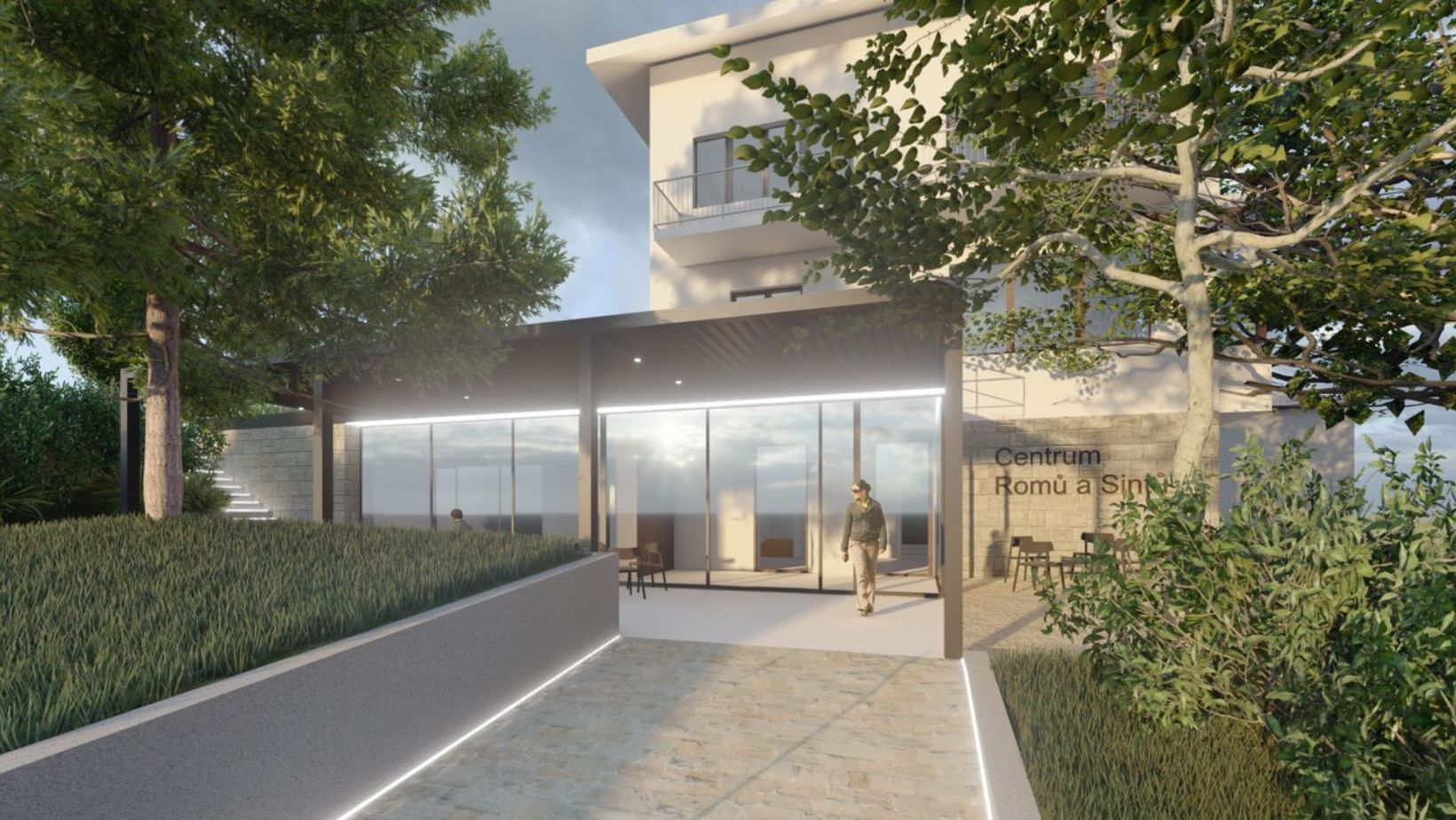A new Roma and Sinti Centre is set to open in Prague next autumn. The Museum of Romani Culture (MRK) is building it in a First Republic villa located in Dejvice.
The plan includes a permanent exhibition on the Romani Holocaust, displays featuring works by Romani artists, and educational programs for schools, as stated by Jana Horváthová, the director of MRK.
The project has been funded by EEA and Norway Grants with CZK 44.6 million. Out of this, 28 million was allocated for villa renovation and equipping. Horváthová also mentioned that the Culture Ministry contributed to cover the remaining amount.
“The villa will undergo expansion to incorporate a basement lecture hall capable of accommodating an entire classroom. Regular educational programs will take place here. Additionally, a small exhibition focusing on the Romani Holocaust will complement our permanent exhibit in the memorial at Lety u Písku. We intend to create a gallery in the attic space, where we will showcase art from our stored collections. A community center will also be established within the villa,” Horváthová added.
According to her, the center’s main goal is to become a representation of the history and culture of the original Czech Roma. “This was a very small group that has largely been forgotten. After the war, Romani individuals from Slovakia arrived, and their culture differed somewhat from that of the original Czech and Moravian Roma and Sinti. They were well-integrated into society, with higher levels of education. Unfortunately, the general public is scarcely aware of their existence,” Horváthová remarked.
The concept to establish this center was conceived years ago by Čeněk Růžička, the former chair of the Committee for the Compensation of the Roma Holocaust and a descendant of survivors who recently passed away.
The Dejvice villa was constructed in 1936 and 1937 by the textile industrialist Leo František Perutz, who tragically lost his life at Auschwitz in 1944. The villa’s design was planned by architects Arnošt Mühlstein and Victor Fürth.
It remained vacant in recent years, serving as an occasional location for filmmakers. In 2019, the museum acquired it from the state.
The Museum of Romani Culture was established in 1991 as a civic association. In 2005, it gained the status of a contributory organization under the Ministry of Culture.
In addition to the center, the museum also oversees and develops memorials at the sites of the Protectorate camps in Lety u Písku and Hodonín u Kunštátu.
-
NEWSLETTER
Subscribe for our daily news




